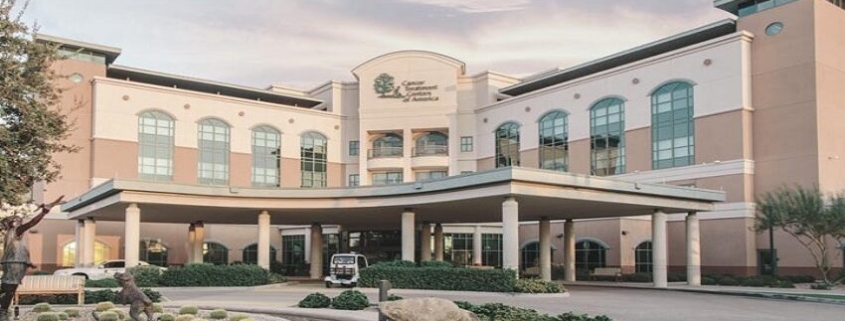Nonprofit The City Of Hope In Talks To Acquire Cancer Treatment Centers Of America For $390M
California-based The City of Hope just announced that it is in talks to pay $390 million to acquire Boca Raton-based Cancer Treatment Centers of America, a network of oncology hospitals and outpatient care centers.
The deal is expected to close in early 2022, subject to regulatory approval. After close, City of Hope officials plan to convert CTCA to a nonprofit organization.
Combined, City of Hope and CTCA have 11,000 “team members,” which includes collaborating physicians across California, Arizona, Illinois and Georgia.
“City of Hope’s acquisition of CTCA and the transition of CTCA to nonprofit status should enhance and expand its battle against cancer,” said John Balitis, chairman of the Labor & Employment Department at Jennings, Strouss & Salmon PLC law firm in Phoenix. “Unlike a for-profit business that maximizes revenue for distribution to owners, a nonprofit entity recycles what otherwise would be profit back into the entity to further the entity’s mission and purpose. Tax concessions for nonprofits also free up funds for use in pursuing goals and objectives that otherwise would be unavailable in a for-profit setting. Such a change for an organization like CTCA is positive when you consider how vital research and clinical trials are in the cancer treatment industry. In Arizona, where CTCA has four locations, we might expect an expansion in programs as well as facilities as more funds become accessible to further the organization’s goals rather than to be paid out as dividends.”
Reduce Operating Costs
The combination of City of Hope and CTCA also can provide the combined organization with the economies of scale that reduce operating costs and provide the opportunity to reinvest those dollars into research, technology and other modes of life-saving innovations that can benefit patients, said Joan Koerber-Walker, president & CEO of the Arizona Bioindustry Association.
“With missions that are closely aligned and that put the needs of cancer patients first, this looks to be an excellent opportunity to improve the lives of cancer patients and the people who care about them,” Koerber-Walker said.
Joseph Lupica, chairman of Newpoint Healthcare Advisors LLC, said City of Hope has had a sterling reputation as an outstanding provider in a high acuity setting.
“With today’s emphasis on value-based care, however, if a single-specialty hospitals has a high cost of care to go with all that excellence, they can quickly find themselves on the wrong side of history,” Lupica, a Fellow of the American College of Healthcare Executives, said. “Patients and payers demand value, which considers both quality and cost. This is especially in a market where UCLA, USC and Cedars-Sinai Medical Center all have extremely well-regarded cancer programs, but have a broader base of services.”
The last time Lupica studied that market, he found that City of Hope’s publicly-reported cost per day was almost 40% higher than other hospitals in the San Gabriel Valley, even after adjusting for case mix acuity.
“With this acquisition, maybe City of Hope has found a business proposition that will improve their value equation — quality and cost — by diversifying their base and learning from an efficient company,” Lupica said. “And they can do it without moving away from their core clinical competency.
Source: SFBJ




 Forecasted growth in patient care volumes between 2020 and 2030, however, show divergent trends between inpatient and outpatient utilization. Inpatient admissions are expected to decline in absolute number from 34.9 million stays to 34.6 stays, or a drop of 0.9% in this 10-year period.
Forecasted growth in patient care volumes between 2020 and 2030, however, show divergent trends between inpatient and outpatient utilization. Inpatient admissions are expected to decline in absolute number from 34.9 million stays to 34.6 stays, or a drop of 0.9% in this 10-year period.